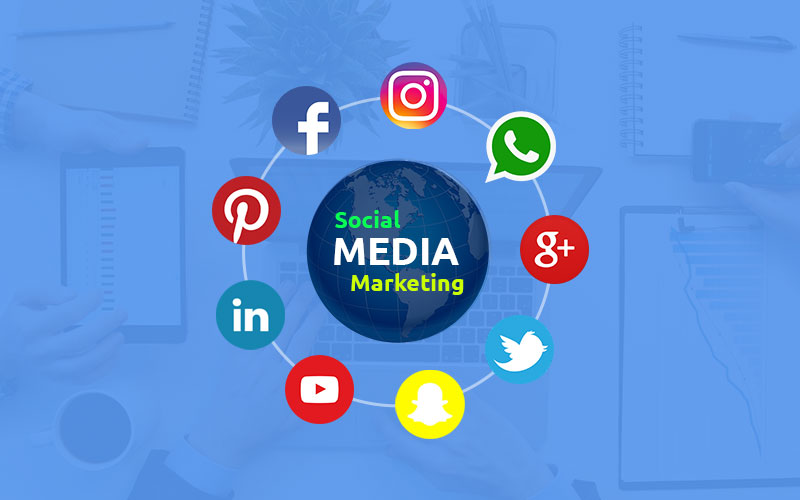
Why Is Google Advertising So Popular?
Google advertising is currently one of the most powerful tools for attracting customers and increasing sales. This is because Google allows businesses to reach their target audience precisely when they are actively searching for products or services. With over 8.5 billion search queries daily, Google enables companies to display their ads at the most advantageous moments — when users are already ready to make a purchase or take a desired action.
However, high competition and the complexity of managing ad campaigns mean that many businesses do not always see the expected return on their investment. It’s crucial not only to set up campaigns correctly but also to regularly analyse their performance to optimise spending and improve return on marketing investment (ROMI).
Why Do Many Companies Lose Money on Google Ads?
Unfortunately, not all advertisers maximise their return on investment in Google advertising. Statistics show that up to 76% of advertising budgets can be wasted due to improper campaign setups. As a result, many companies experience low ROMI — return on investment. This can lead to a negative experience and the perception that Google advertising is ineffective. However, in most cases, the problem lies not with the platform but with incorrect campaign settings and management.
Often, companies launch ads without proper analysis and strategy, leading to inefficient spending and poor results. Let’s look at the main reasons why this happens.
Key Reasons for Wasting Advertising Budget on Google Ads
Let’s examine the main reasons why your Google Ads might not be performing as effectively as you expected when you launched them.
Launching Ads Without Analysing the Target Audience
One of the most common mistakes is launching an ad campaign without a clear understanding of who your target audience is. Without knowing the needs, interests, and behaviour of potential customers, ads may be shown to the wrong people, reducing their effectiveness. As a result, clicks do not convert into sales, and the advertising budget is wasted.
Incorrect Keywords and Match Types
Choosing the right keywords is one of the most important aspects of a successful ad campaign. Using overly broad or irrelevant keywords can cause your ad to be shown to an uninterested audience, increasing the cost per click (CPC) and lowering conversion rates. It is also crucial to select the right keyword match types — broad match can attract many non-targeted clicks, while exact match limits impressions but increases relevance.
Unprepared Landing Pages
Even if the ads are set up correctly, the lack of optimised landing pages can significantly reduce campaign effectiveness. If users, after clicking on an ad, end up on a page that is not informative or does not meet their expectations, the likelihood of conversion drops sharply. Landing pages should be clear, relevant, and focused on encouraging users to take a specific action.
Improperly Set Bids (CPC, CPA) and Strategy
Incorrect bidding strategies can lead to the budget being spent too quickly or not being used efficiently. For example, high bids may cause rapid budget depletion without a significant increase in sales, while bids that are too low may prevent the ad from reaching the intended audience.
Incorrectly Set Geographic Targeting
If ads are shown in regions where the company does not provide services or where there is minimal demand, the budget will be wasted. It is essential to carefully analyse geographic data and adjust display settings according to the target market.
Incorrect Ad Type Selection
Google Ads offers various ad types: search, display, video ads, Google Shopping, and more. Choosing the wrong ad type can result in your ads not reaching the right audience or not being perceived correctly. For example, a display network campaign may be less effective for companies focused on quick sales than a search campaign.
Why Choose Top Results Agency for Google Ads services?
If you notice that your Google Ads budget is being spent too quickly and the results are unsatisfactory, don’t despair. The experts at Top Results Agency are ready to help you optimise Google Ads campaigns. We offer a free audit of your current advertising strategy to identify key issues and suggest solutions.
Our specialists have years of experience with Google Ads and know how to set up campaigns to deliver maximum returns. We can help you:
- Analyse your target audience and choose the most effective keywords.
- Optimise landing pages to increase conversion rates.
- Set bids and ad display strategies to achieve the best results.
- Conduct a geographic analysis and adjust ad displays in the right regions.
Don’t waste money — trust the professionals to set up and manage your advertising campaigns. Contact Top Results Agency today for a consultation and free audit!








